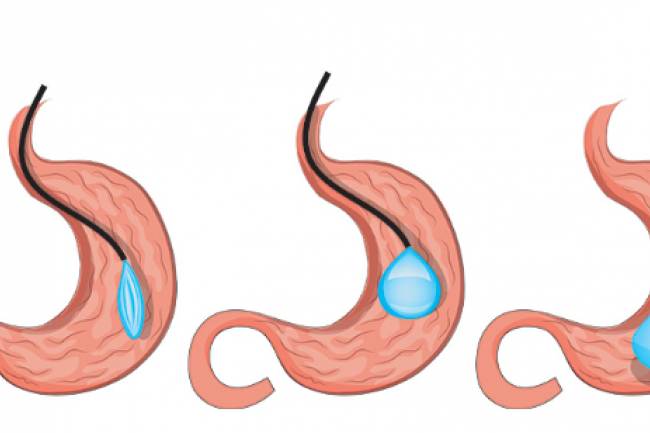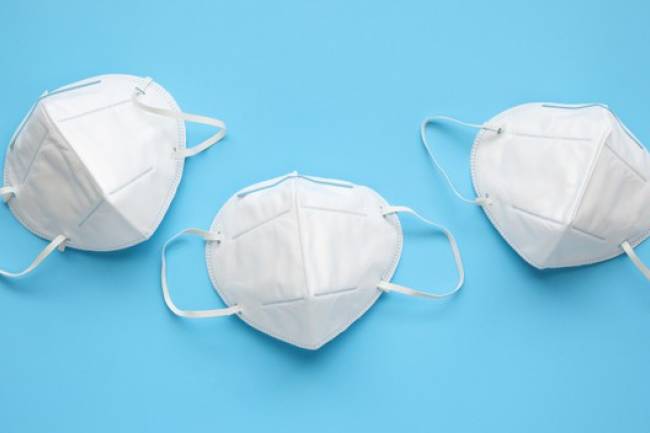
How to Manage Chronic Migraine by Making Life style changes?
It is quite common to have a headache sometimes but if headaches occur in a pattern and cause throbbing pain, it can be a migraine.
If a person has 15 headache days in a month, lasting for four hours for three months and 7 out of them needed medicine, then he or she has Chronic Migraine.
With continuous throbbing and incessant pain in the head, it can become difficult to perform day-to-day activities like being present at the workplace or taking part in a child's school activity.
With increasing time, this migraine headache can increase and make it impossible to perform life activities smoothly.
At times like this, it becomes essential to see a doctor and find out what treatments are available for Chronic Migraines.
Preventive treatments work to reduce the frequency of attacks, make them less severe and shorten the duration of headaches. Preventive treatments help to improve the quality of life and lead a smoother life.
Some medications deal with the acute symptoms of Chronic Migraine which may be prescribed to you by your doctor after examining the severity of your condition.
Topiramate
Topiramate, an anticonvulsant, is used to treat epilepsy is also effective in treating Migraine.
It is helpful to calm the overactive nerve cells in the brain that lead to migraine attacks.
Topiramate is taken orally and the dosage is recommended by the doctor up to 100 mg covered in two doses. The dosage is varied according to tolerability and response.
To be fully effective against Chronic Migraine Topiramate requires 2 to 3 months. It can take 1 month to make migraine attacks less frequent. There are some serious side effects of this drug which include eye problems, decreased sweating leading to increased body temperature, and suicidal thoughts.
Some other common side effects include tingling arms, kidney stones, fatigue, weight loss, memory, and cognitive issues, dizziness and nose, and throat infections.
Botox
Botox, popular in wrinkle treatment is also used as a preventive treatment for chronic migraine. Neurotransmitters that are responsible for passing the pain signals are obstructed by Allergan Botox before they reach the nerve endings around the head and neck. Botox acts as a wall and thus helps a person have pain-free and clear days without any headaches.
To weaken and prevent migraine headaches, shots of Botox are required once every 12 weeks. Botox injections are administered into the body by medical experts at the spots of pain and both sides of the head and can be expensive, but these treatments are often covered by health insurance plans.
These Injections are beneficial and can be used for the long-term management of Chronic Migraines.
Botox can help people have better workdays, fewer leaves from the office, and have good family times with ease.
Like any other drug, Botox has side effects too. Some of the side effects are droopy eyelids, dry or teary eyes, vision problems, and swelling or bruising the area of the shot mostly occurs if the doctor who administers it to you is not skilled enough. You can buy Botox online and get it fixed with a skilled and reputed professional if your insurance does not cover it, as the use of Botox may not be within the financial reach of everyone.
As Chronic Migraine treatment can be applied only if migraine headache lasts over 3 months with at least 15 headaches, 7 of which are unbearable without medicine, any treatment, acute or preventive can take time.
Therefore it becomes essential to incorporate some lifestyle changes to make life as easier as possible.
Identify the cause or trigger of your headaches
Genetic factors are not the only reason for Chronic Migraine, there can be some triggers like loud music, or flashing light, sudden weather changes, or sleep deprivation. Even food additives like MSG or aspartame can be a trigger. It can be beneficial to keep a tab over the activity which might become an onset for Migraine headaches.
Once the trigger is identified, it is easy to evaluate the appropriate measures to avoid the trigger. When the tab of triggers is shared with the doctor, a doctor can suggest helpful remedies to deal with them efficiently.
Get Some Sound Sleep
Not only sleep deprivation can be a trigger for a headache it can also affect the overall performance of the body. An established routine of waking up and going to bed at the same time every day can prove to be helpful to reduce the frequency of headaches. Make sleep a priority and wake up recharged and replenished for the next day. Dim lights and cooler temperatures make it easier to fall asleep and get some good rest.
Engage in relaxation activities
Relaxation activities like massage and meditation can make it easier to deal with headaches. It will also help to deal with anxiety and stress and improve the overall quality of life.
Learn some deep breathing techniques and take up some yoga activities in day-to-day life. Stretching complimented with specific poses aimed at relaxing the body will also sleep to relax the mind. It will also help to deal with migraines better and improve the quality of sleep.
Be mindful of what you eat
As processed food additives like monosodium glutamate or artificial sweeteners like aspartame can cause migraines, be careful to avoid processed foods and items that might contain artificial sweeteners. Instead, include plant-based diets to improve your health. Include colorful and nutritious vegetables like sweet potatoes, carrots, and spinach. Eat food that is rich in protein and fibers and low in carbohydrates.
Also, make sure your body is well hydrated. Most people do not drink water as much as they ought to and are dehydrated. Stay away from drinks that might contain artificial sweeteners and opt for foods that are natural and fresh.













